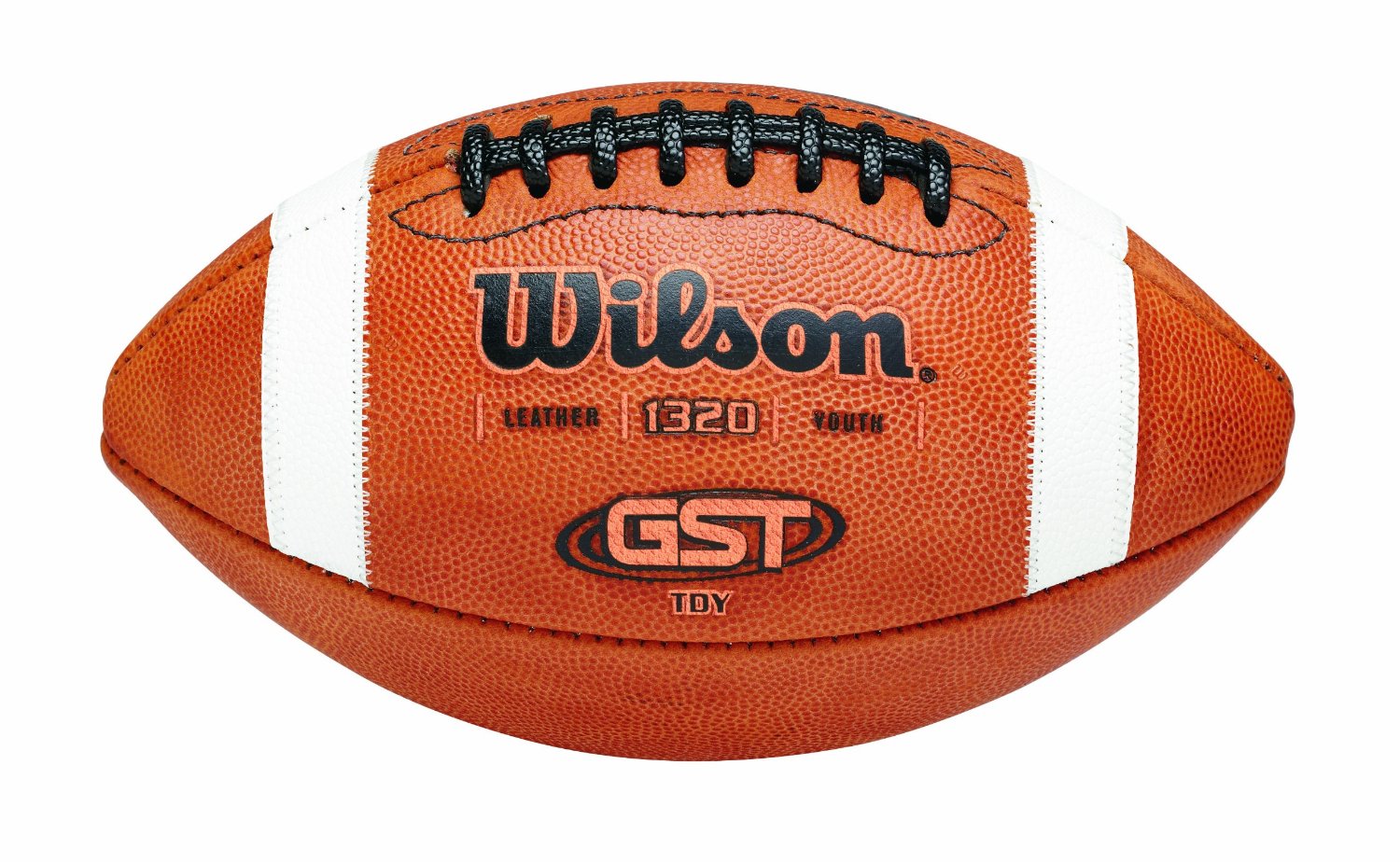Wilson Sporting Goods Co. has filed a patent infringement lawsuit against Rawlings Sporting Goods Company, Inc. in the Northern District of Illinois. Wilson holds two patents, United States Patent No. 8,460,135 which was issued for game ball cover with improved stripes and/or logos & United States Patent No. 8,905,876 which was issued for a game ball with improved stripes. According to the complaint, Douglas G. Guenther, one of the named inventors for both patents held by Wilson, became employed by Rawlings in 2014 and holds the title of Senior Director of Innovation & Product Development. Wilson argues Rawlings had notice of its patents and Rawlings acted despite a high likelihood that its actions constituted infringement of Wilson’s patents. Wilson seeks a preliminary and permanent injunction against Rawlings’ continued infringement of its patents; an award of damages for the infringement; an order trebling the amount of damages for intentional infringement; and an award of costs, prejudgment interest, and attorney’s fees and costs.
In order to support its arguments, Wilson states that it introduced its patent (8,460,135) on the GST model, which is one of its most successful footballs, while Mr. Guenther was still employed by Wilson. According to the complaint, the white stripes of the Wilson GST football are formed of a more grippable material than the rest of the football cover. Further, when Mr. Guenther commenced his employment at Rawlings, it did not sell a football with highly grippable stripes. However, after Mr. Guenther began his employment at Rawlings, Rawlings introduced the R-2 football, which is made to look like the Wilson’s GST football and contains highly grippable, stitched white stripes.
According to the United States Patent and Trademark Office, patent infringement is the act of making, using, selling, or offering to sell a patented invention, or importing into the United States a product covered by a claim of a patent without the permission of the patent owner. When deciding if a patent has been infringed, the patent’s claims, which are statements of the scope of the invention, must be examined and the elements of each claim must be compared to that of the elements of the alleged infringer’s invention. If the elements of a patent claim match that of the alleged infringer’s invention, then an infringement has occurred. Moreover, under the Doctrine of Equivalents, if the patented invention and the alleged infringer’s invention are sufficiently equivalent in what they do and how they do it, then the patent has been infringed.
Resources:
Wilson Sporting Goods Co. v. Rawlings Sporting Goods Co., Inc. (Case: 1:15-cv-06760)
United States Patent and Trademark Office website, http://www.uspto.gov/patents-maintaining-patent/patent-litigation/about-patent-infringement
Enforcing a Patent FAQ, NOLO, http://www.nolo.com/legal-encyclopedia/enforcing-patent-faq-29148.html

